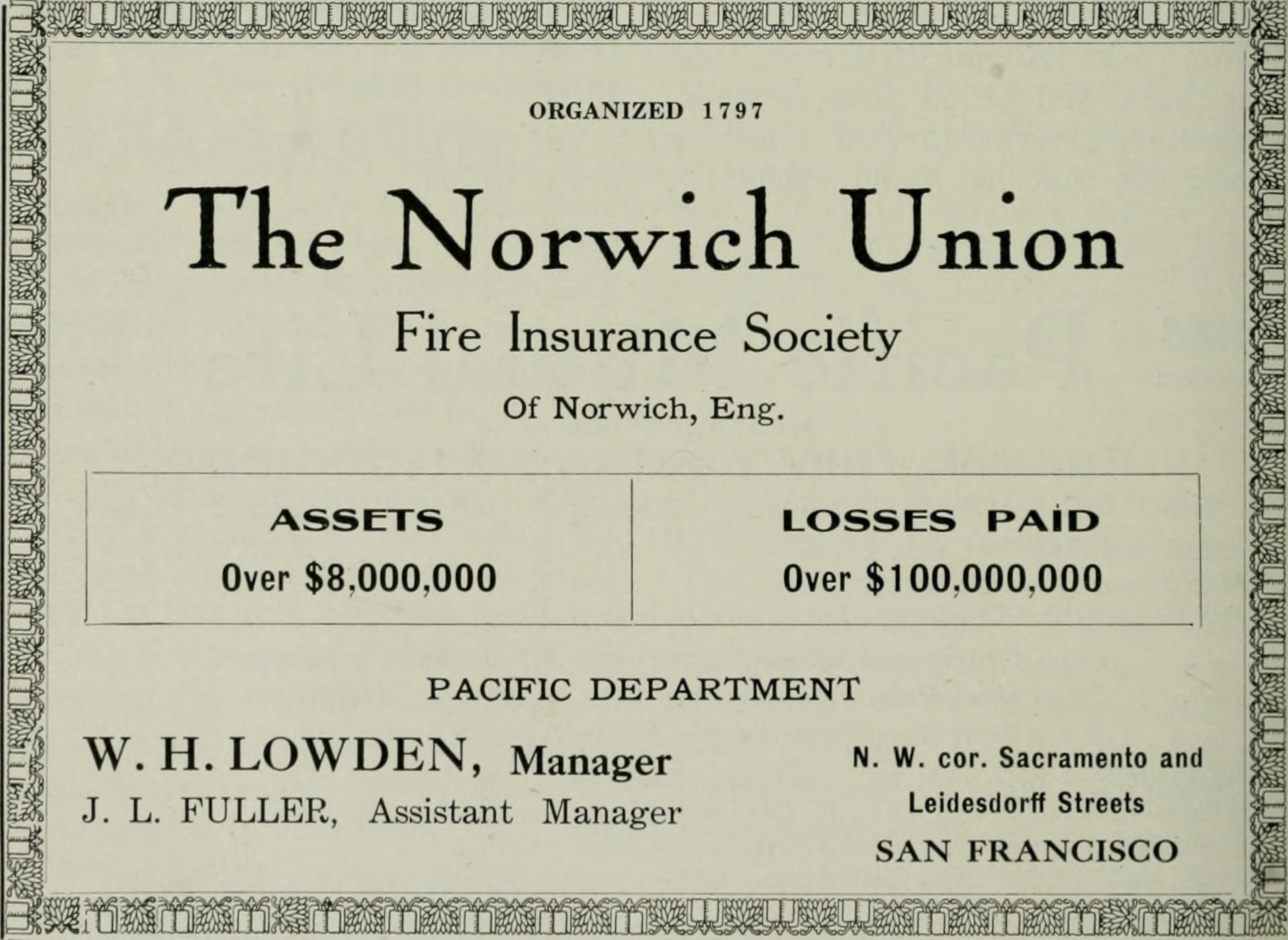Property & Casualty Agent 101
- Introduction to Property and Casualty (P&C) Insurance
- General Liability Insurance
- Workers Compensation Insurance
- Stock Throughput Policies
- Product Recall Coverages
- Inland Marine Insurance
- Cyber Insurance
- Directors and Officers (D&O) Insurance
- Other Insurance Policies
- Other Insurance Policies
- Other Insurance Policies
- Other Insurance Policies
- Wrap Up and Preparation for Licensing Exam
Other Insurance Policies
Selling Strategies for Various Insurance Policies

Equitable transfer of the risk of a loss, from one entity to another in exchange for payment.
In the world of insurance, understanding the product is only half the battle. The other half is knowing how to sell it. This unit will provide you with effective strategies for selling various insurance policies.
Identifying Prospective Clients
The first step in selling insurance is identifying who needs it. This involves understanding the demographics of your potential clients, their needs, and how the insurance policies you offer can meet those needs. For instance, a consumer goods company might need product liability insurance to protect against claims of bodily injury or property damage caused by their products.
Crafting an Effective Sales Pitch
Once you've identified your prospective clients, the next step is to craft an effective sales pitch. This should clearly communicate the benefits of the insurance policies you're selling and how they can protect the client's business.
Remember, the goal is not just to sell a policy, but to build a relationship with the client. Show them that you understand their business and their needs, and that you're offering a solution to their problems.
Overcoming Objections
Even with the best sales pitch, you're likely to encounter objections. These could range from concerns about cost to doubts about the necessity of the insurance.
It's important to listen to these objections and address them directly. If a client is concerned about cost, for instance, you could discuss the potential financial impact of not having insurance. If they doubt the necessity of the insurance, you could provide examples of businesses that faced significant losses because they were uninsured.
Closing the Sale
Once you've addressed all objections, it's time to close the sale. This involves summarizing the benefits of the policy, reiterating how it meets the client's needs, and asking for the sale.
Remember, closing the sale is not the end of your relationship with the client. It's important to follow up after the sale to ensure the client is satisfied and to address any questions or concerns they might have. This not only helps to maintain a positive relationship with the client, but also increases the likelihood of future sales.
In conclusion, selling insurance involves more than just understanding the product. It requires a deep understanding of your clients' needs, the ability to communicate effectively, and the skills to overcome objections and close the sale. With these strategies, you'll be well on your way to success in the insurance industry.